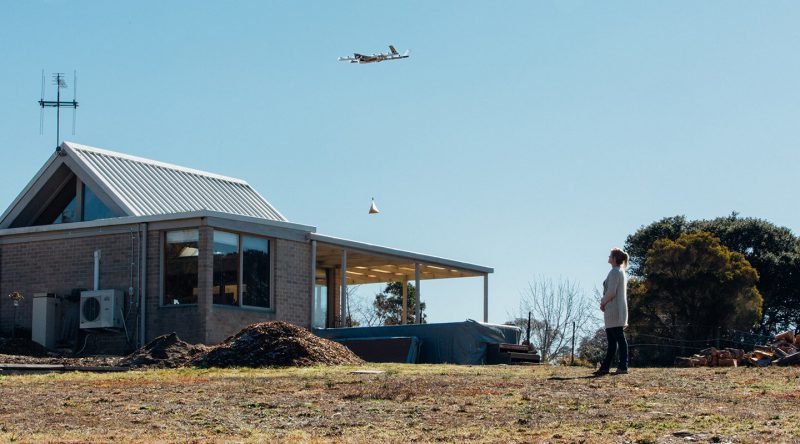Combating The Forces Of Displacement
From March 18th to June 5th of this year, during the 20th Biennale of Sydney, ‘We Built This City’ housed the Redfern School of Displacement. This temporary instalment was used as a large focal point, offering a gathering space for dialogues, performances and public discussions.This colourful patch-work installation was bound to catch anyone’s eye, nevertheless the intentional metaphor is the backbone of this project.
Keg de Souza is an Australian interdisciplinary artist interested in the built environment and the social spaces and communities that inhabit it. Throughout her artistic career, she has built various inflatable architecture constructions, inspired by the artists who utilised the technique in the 1960’s and 70’s. ‘We Built This City’ is her first non-inflatable work, and her largest to date.

Comprised of various salvaged materials – including tents, tarps, and hessian sacks – components were pulled apart and sewn together to create one unified structure. With the ongoing refugee crisis, and issues faced surrounding Aboriginal rights, tent settlements have been seen popping-up globally. The ‘We Built This City’ installation works to explore the tent as a contemporary symbol and metaphor for displacement; questioning the idea of ‘public’ space as the contrary of private property. The importance of this instalment is found in the materiality. Tents are not just seen as a form of protest, instead they are explored as impermanent housing that could possibly become more permanent.


The Redfern School of Displacement explored issues of temporality, land rights, occupations, housing, homelessness, statelessness, informal economies, community and resistance. Visitors were welcome to climb in and partake in these discussions; or to experience the instalment itself. De Souza’s aim was to cultivate local knowledge about the globally relevant issue of displacement. By creating a platform for discussion and debate, this instalment promoted learning as a useful tool to combat the forces of displacement.



